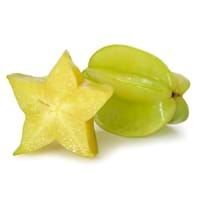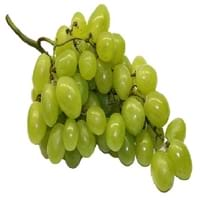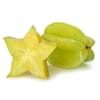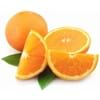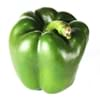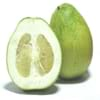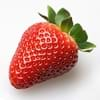Health Benefits
Cancer prevention, Heat stroke treatment
Cancer prevention, Kidney stone treatment, Prevents constipation, Treatment of alzheimer's disease
General Benefits
Anti oxidant properties, Anti-inflammatory properties, Digestive aid, Maintains healthy cholesterol level, Treatment of sore eyes
Digestive aid, Improves eye vision, Maintains healthy cholesterol level, Treatment of migraine
Skin Benefits
Anti-aging benefits, Heals sunburn, Skin rejuvenation
Anti-aging benefits, Heals sunburn, Skin rejuvenation, Treatment of dark spots
Hair Benefits
Promotes longer and healthier hair, Protects hair
Prevents hair loss, Regulates hair growth, Treatment of dandruff
Allergy Symptoms
NA
Anaphylaxis, Asthma, Breathing difficulty, Coughing, Drop in blood pressure, Hives, Skin rash, Stuffy nose, Swelling of mouth, tongue or lips, Wheezing
Side Effects
Nausea, Vomiting
Allergic reaction, Skin rash, Might slow down the process of blood clotting
Best Time to Eat
As a snack in the late afternoon, Eat the fresh ones, avoid mixing with any other foods, don't eat after meal., Strictly avoid empty stomach
As a snack in the late afternoon, Don't consume at night and before bed, Eat the fresh ones, avoid mixing with any other foods, don't eat after meal., Morning time (before lunch)
Vitamin B5 (Pantothenic Acid)
Vitamin C (Ascorbic Acid)
Vitamin K (Phyllochinone)
Phytosterol
Not Available
Calories in Fresh Fruit with Peel
Calories in Fresh Fruit without Peel
Not Available
Not Available
Calories in Frozen Form
Not Available
Calories in Canned Form
Not Available
Calories in Jam
Not Available
Calories in Pie
Not Available
Season
Autumn, Spring, Summer
Autumn, Summer
Varieties
King, Bell, Sri Kembangan, Arkin and Fwang Tung
Cabernet Sauvignon, Merlot, Pinot Noir, Syrah/Shiraz and Zinfandel
Color
Golden yellow, Green
Green, Red
Inside Color
Yellowish Green
Light Green
Shape
Oval and Star(Cross section)
Oval
Taste
Crisp, Juicy, Sweet
Sweet-Sour
Origin
Sri Lanka
Western Asia, Central Europe
Grows on
Not Available
Vines
Soil Type
Loam, Well-drained
Clay loam, Sandy loam
Climatic Conditions
Moist, Warm to hot climate
Warm
Facts about
- When carambola is cut horizontally, it forms a star.
- It is believed that carambola helps to cure hangover.
- Entire carambola is edible, including its skin.
- 2 varieties of carambola are cultivated: tart & sweet.
- If left alone, a grapevine can spread 50 feet and even more.
- There are more than 8,000 varieties of grape worldwide.
- They are available in 7 different colors: red, green, white, black, purple, blue and golden.
Top Producer
Taiwan
Spain
Other Countries
Australia, Guyana, India, Israel, Malaysia, Philippines, United States of America
Argentina, Armenia, Australia, Chile, France, Iran, Italy, Portugal, Romania, Turkey, United States of America
Top Importer
Europe
United States of America
Top Exporter
Malaysia
Chile
Botanical Name
Averrhoa carambola
Vitis vinifera
Synonym
Not Available
Not Available
Subkingdom
Tracheobionta
Tracheobionta
Division
Magnoliophyta
Magnoliophyta
Class
Magnoliopsida
Magnoliopsida
Family
Oxalidaceae
Vitaceae
Species
A. carambola
Vitis vinifera
Generic Group
Not Available
Grape
Difference Between Carambola and Grape
We might think that Carambola and Grape are similar with respect to nutritional value and health benefits. But the nutrient content of both fruits is different. Carambola and Grape Facts such as their taste, shape, color, and size are also distinct. The difference between Carambola and Grape is explained here.
The amount of calories in 100 gm of fresh Carambola and Grape with peel is 31.00 kcal and 69.00 kcal and the amount of calories without peel is Not Available and Not Available respectively. Thus, Carambola and Grape belong to Low Calorie Fruits and Low Calorie Fruits category.These fruits might or might not differ with respect to their scientific classification. The order of Carambola and Grape is Oxalidales and Vitales respectively. Carambola belongs to Oxalidaceae family and Grape belongs to Vitaceae family. Carambola belongs to Averrhoa genus of A. carambola species and Grape belongs to Vitis genus of Vitis vinifera species. Beings plants, both fruits belong to Plantae Kingdom.
